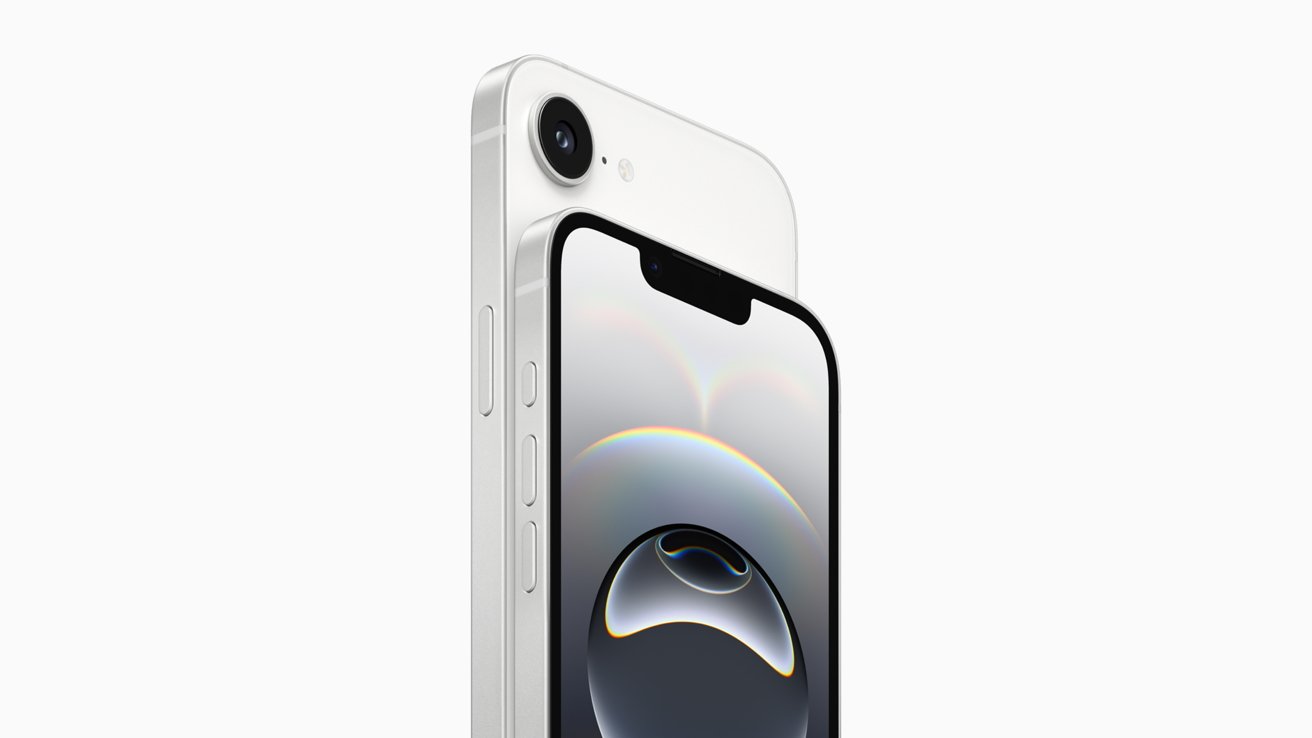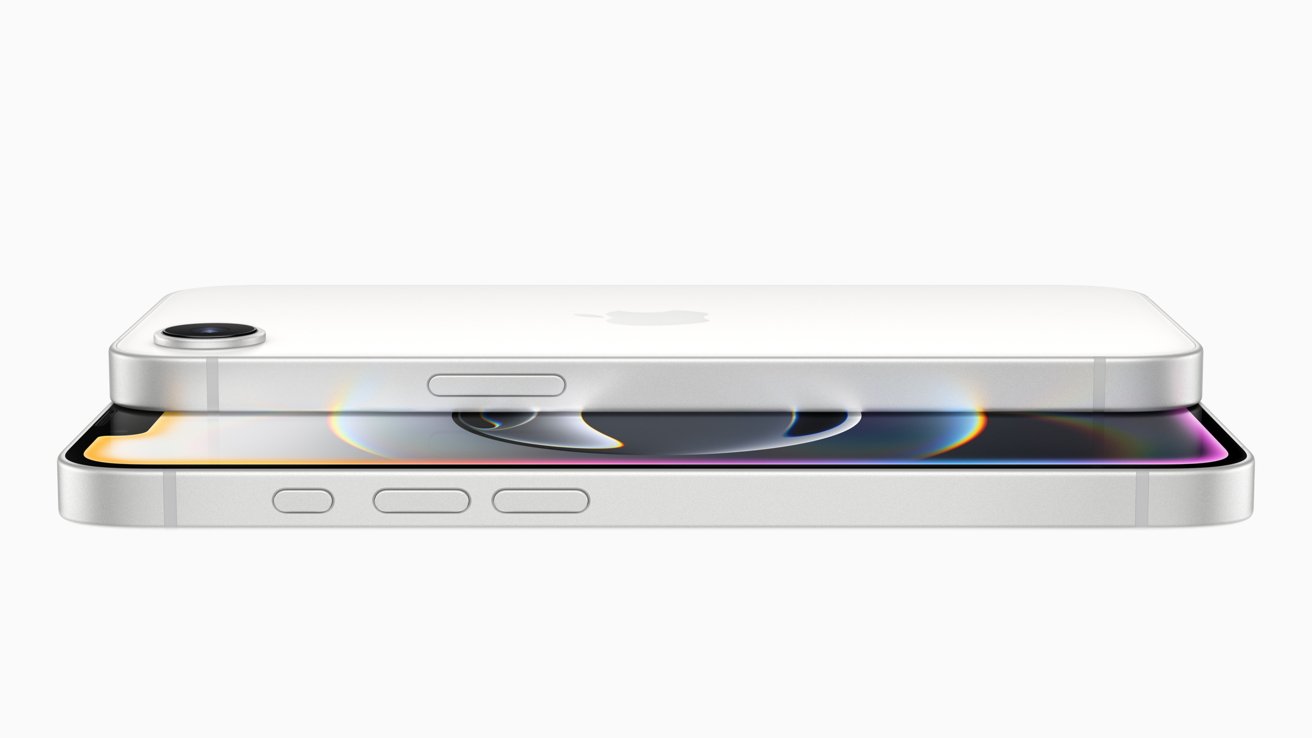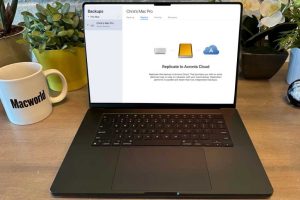
Apple and Qualcomm’s relationship has been strained for a decade and the iPhone 16e C1 chip is Apple’s first move to cut ties once and for all.
The relationship between Apple and Qualcomm has been a tech soap opera. For over 15 years, Qualcomm’s modem chips powered Apple’s iPhones, enabling wireless connectivity to cellular networks. And now, it’s over.
Behind the scenes, the partnership between Apple and Qualcomm has seen disputes over royalties, patent fees, and personal and professional tensions. As Apple intensifies its efforts to reduce its reliance on Qualcomm, other smartphone companies are watching, according to a report by The Information.
A functional partnership
When Apple launched the first iPhone in 2007, Qualcomm’s modem chips were a critical component. The collaboration seemed straightforward — Qualcomm provided the technology, and Apple integrated it into its iPhones.
However, as iPhone sales skyrocketed, so did the royalty payments Apple owed Qualcomm. Analysts estimated that Apple paid over $2.5 billion in 2024 alone for Qualcomm’s patent licenses, fees that Apple’s leadership, especially CEO Tim Cook, considered too high.
The first public cracks in the relationship appeared in 2017 when Apple filed a lawsuit against Qualcomm, accusing it of overcharging for patent royalties. Qualcomm countered by suing Apple and even managed to block certain iPhone models from being sold in China and Germany.
These legal skirmishes were partnered with behind-the-scenes snubs, including ignored phone calls and walkouts from high-stakes meetings. For example, former Qualcomm CEO Steve Mollenkopf once left a negotiation at Apple’s Cupertino headquarters without informing Cook, leaving him surprised to learn Mollenkopf would not be returning.
Other instances included Mollenkopf appearing disengaged during meetings, such as scrolling through photos of his dog on his phone, which Apple executives took as a sign of disrespect.
Pivoting to Intel and in-house modems
In 2019, Apple and Qualcomm reached a new agreement that ended their legal battle. The deal included a multiyear contract for Qualcomm to supply modems to Apple and a one-time payment of approximately $4.5 billion from Apple.
But for Intel, the outcome was bleak. Since Apple was its only modem customer, the new arrangement meant Intel was out of the picture.
 iPhone 16e introduced the C1 modem chip. Image credit: Apple
iPhone 16e introduced the C1 modem chip. Image credit: Apple
On the same day the Apple-Qualcomm agreement was announced, Intel announced its exit from the modem business entirely.
Shortly after, Apple acquired Intel’s modem business for $1 billion, bringing over 2,200 employees and a bunch of cellular patents to accelerate its in-house modem development.
The current state: C1 modem
Apple’s recent launch of the budget-friendly iPhone 16e, featuring an Apple-designed C1 modem instead of a Qualcomm chip, is a big moment for the company. The C1 modem is significant as Apple’s first in-house modem used in a production iPhone.
The company plans to phase out Qualcomm modems entirely by 2027, although it still owes royalties for using the 5G standard.
While the C1 modem is a step toward independence, it currently lacks support for millimeter-wave (mmWave) 5G technology, which offers ultra-fast speeds in specific areas. However, Apple is reportedly developing a second-generation modem with mmWave support, expected to debut in future iPhone models.
Apple’s road ahead
Plans from Apple to integrate C1 into an iPhone 17 model this fall and replace Qualcomm’s modem in the Apple Watch Ultra with MediaTek’s technology in 2025 will make the company more independent.
 The entire iPhone 16e family
The entire iPhone 16e family
Looking further ahead, Apple aims to introduce its Ganymede modem in 2026, bringing mmWave support to iPhones and at least one iPad. By 2027, the company hopes to release its Prometheus modem, which it believes could finally outperform Qualcomm’s offerings.
Qualcomm’s strategy moving forward
Of course, Qualcomm won’t be happy with Apple’s modem efforts. Apple’s move will impact its bottom line significantly.
But Qualcomm is already bracing for life without Apple as a customer. Earlier in February, CEO Cristiano Amon told analysts that by 2026, Qualcomm expects to supply modems for just 20% of iPhones — and none at all by 2027.
To soften the blow, the company has been branching out into other markets, including chips for cars, PCs, virtual and augmented reality, and smart devices, aiming to reduce its dependence on modem sales and patent licensing.
Eliminating Qualcomm modems will save Apple billions annually, as Apple paid around $23 per modem and $8 in patent fees per device.
Such a change might pressure Qualcomm to innovate faster and could influence other smartphone makers to explore alternatives to Qualcomm’s dominance.




